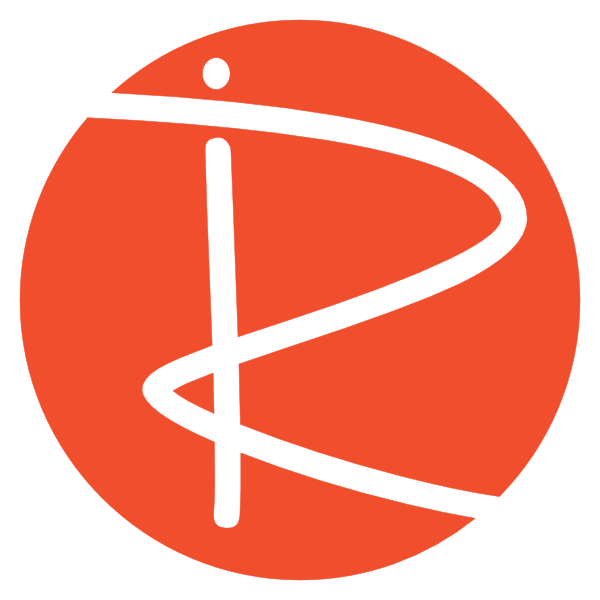Creating a Unique Quiz Question with Tables: A Step-by-Step Guide
Hello and welcome back! My name is Chris Richter, and it’s great to have you here. In today’s post, we’re continuing our exploration of quiz creation. This time, we’re diving into a more advanced type of quiz question that involves tables and dropdown selections.
In a recent video, I answered a question from a viewer about creating quizzes, specifically focused on turning a standard True/False question into a Yes/No question. If you missed that, be sure to check it out! But today, we’re going to tackle a unique type of question—one that involves using tables to match data, such as music software and their corresponding brands. This will add a new level of complexity to your quiz creation process, and I’ll walk you through it step-by-step.
What We’re Trying to Achieve
Imagine you have a quiz question where students are asked to match music software to its brand. Here’s what the table might look like:
| Music Software | Brand |
|---|---|
| Logic Pro X | Apple |
| Studio One | PreSonus |
| Cubase | Steinberg |
| Pro Tools | Avid |
In addition, you want to separate the plugin brands, such as:
| Plugin | Brand |
|---|---|
| Kontakt 6 | Native Instruments |
| Serum | Xfer Records |
Your goal is to create a question that presents both tables, allowing the students to choose the correct brand from a dropdown list.
Step 1: Set Up the Table
First, start by adding a new quiz question. In your quiz platform, choose the Missing Word question type. Once you’ve selected this, paste the table data into the question field. Here’s the basic structure for your table:
<code><table class="table table-striped">
<thead>
<tr>
<th>Music Software</th>
<th>Brand</th>
</tr>
</thead>
<tbody>
<tr>
<td>Logic Pro X</td>
<td>Apple</td>
</tr>
<tr>
<td>Studio One</td>
<td>PreSonus</td>
</tr>
<!-- Add more rows as needed -->
</tbody>
</table></code>
Code language: HTML, XML (xml)For a cleaner, more readable appearance, I recommend using the table-striped class to make your table stand out with alternating row colors.
Step 2: Aligning the Columns
One of the common problems with displaying tables is ensuring the columns align properly. You can adjust this by setting a specific width for the columns. For example, you could add:
<code><td style="width: 50%;">...</td></code>Code language: HTML, XML (xml)This will ensure that each column stays evenly spaced, making it easier for students to read and interact with the question.
Step 3: Adding the Dropdown Options
Now comes the fun part—adding the dropdown options! To do this, you’ll insert the correct answers inside brackets (e.g., [Apple]). When the student selects the right brand from the dropdown, it’ll match the correct answer from your list.
Repeat this for each row in the table, assigning each dropdown an appropriate label. It’s crucial that the dropdown options match exactly with the brands you want the students to select.
Step 4: Organizing the Answer Groups
To keep the tables organized, you can group the music software and plugin brands separately. For example, Group A will include only music software brands, and Group B will include plugin brands.
By separating the two, students will only see relevant options in each dropdown based on the type of software or plugin they’re matching.
Step 5: Writing the Question
Now that the tables and dropdowns are set up, you need to add the question at the top of the table. In this case, you might want to ask something like:
“Select the correct brand for each music software and plugin from the table below.”
This clear instruction will guide the student to understand the task.
Step 6: Finalizing and Saving the Question
Once you’ve added the [[]] and written your question, review everything and save your changes. You can preview the question to ensure that the tables look clean, and the dropdown options appear correctly.
Final Result
Your students will now see a question that looks something like this:
Select the correct brand for each music software and plugin from the table below.
| Music Software | Brand |
|---|---|
| Logic Pro X | [[1]] |
| Studio One | [[2]] |
| Cubase | [[3]] |
| Pro Tools | [[4]] |
| Plugin | Brand |
|---|---|
| Kontakt 6 | [[5]] |
| Serum | [[6]] |
By grouping the answers correctly and using clear instructions, your quiz question is both functional and visually appealing!
Wrapping Up
And that’s how you create a unique quiz question that involves tables, dropdown lists, and a little bit of HTML coding magic. It’s a simple process once you break it down into manageable steps. I hope you found this tutorial helpful!
As always, I’m Chris Richter, and if you have any specific questions or suggestions, drop them in the comments below. Don’t forget to like, subscribe, and check out my course linked in the description. I’ll see you in the next video!
